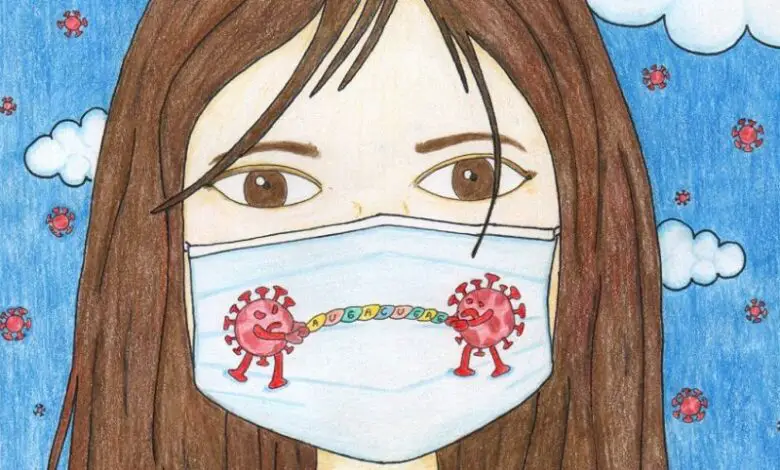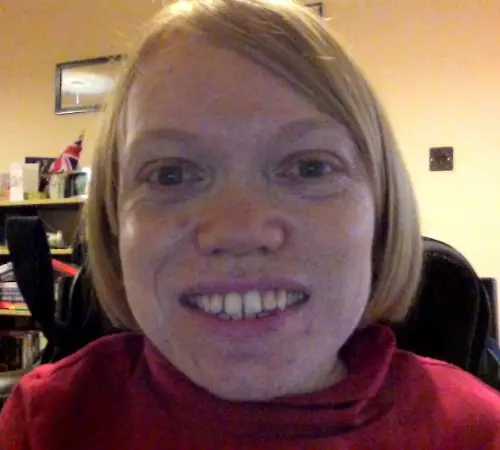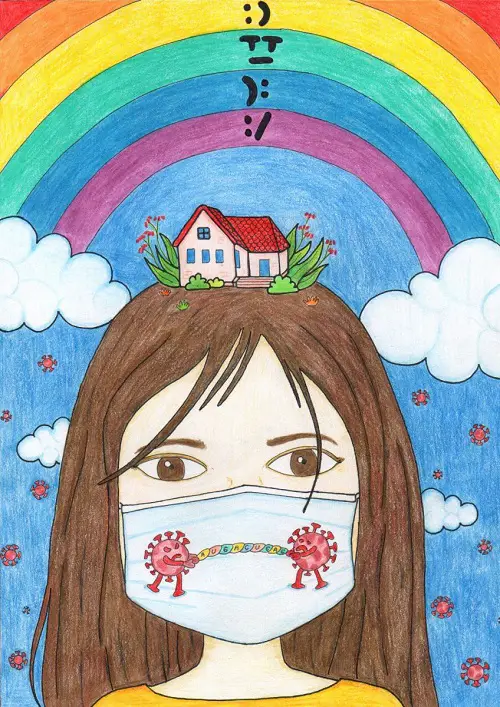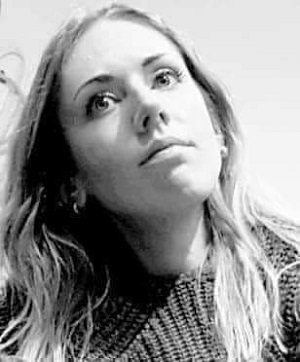
Shielding stories: the impact on disabled people’s mental health
As the second National lockdown comes to an end, for many disabled people and those with health conditions who have shielded since March, nothing changed over that period.
In a series of articles, our writer Raya, a shielder herself, shares the stories of people who have remained in a form of lockdown since the Covid-19 pandemic hit the UK, many of whom have been left feeling frustrated, anxious and forgotten.
We’re also sharing illustrations by disabled artists depicting what shielding feels like.
Head to our first two articles – the forgotten isolated and families shielding – for more about our writer as well as more people’s stories, and read on to learn more about the mental health impact of shielding.
Making the hard decision has left me feeling alone
Jo Barber uses a wheelchair and wears two hearing aids. However, her main reason for shielding is that she is unintubatable, meaning she wouldn’t survive on a ventilator.
Jo works from home, running a social media management business, and her husband only goes out to do the grocery shopping. So, on the one hand, life has been okay.

However, the very difficult part is, “Seeing things open up again and people going out to dinner etc, even though there is still a pandemic on.” It’s making her feel left behind and forgotten.
Added to that, like many other shielders, Jo is struggling with seeing social media posts from anti-maskers and people who don’t believe the virus is real. In her view, “This pretty much confirms how ignored disabled people are in the world”.
The pressure that shielders are facing is not limited to strangers on social media, but also from people who know your situation. As Jo explains, one ‘friend’ constantly posts about how ridiculous it is for everyone to stay inside.
“When I challenge him on it using my personal experience, he usually comes back with, ‘Well, of course, YOU should avoid going out, but there’s no reason for anyone else not to’.”
What many people fail to understand is that shielders are not taking the easy option. We are not paranoid or idle. We made the difficult decision to miss out on almost a year of our life because, in my view, we are essentially alone if we are to get Covid-19.
Living in lockdown illustration
Website Drawing Out offers an outlet for artists with invisible disabilities to express their feelings.
It recently ran a Living in Lockdown competition, asking for images from artists depicting their internal struggle over the Covid-19 pandemic and isolating

Ahanjit Biswas says his image shows: “A girl suffering from depression as she can’t go out because of the lockdown and enjoy the world. Instead, she thinks about the sunset, beach, and tall buildings. It highlights that we are locked in a cage but we are also thinking about the outer world.”
Conflicting advice from medical professionals and the Government
Julia (not her real name) has a complex and extremely rare health condition that affects a number of different organs, particularly her lungs and the blood.
She has been shielding since the beginning March and made the decision to continue doing past August when the Government paused shielding after advice from her medical consultants.
Her story highlights how many disabled people are stuck in an impossible conundrum.
On one side the government has pushed us to resume our pre-pandemic routine and we have longed to go back to the life we once knew and lived. But many medical professionals warn us against all contact with the outside world.
It’s not about just making a decision, but it’s about coping with the consequences. Julia’s decision to carry on shielding is impacting all elements of her life.
This ranges from getting food and prescriptions to not being able to spend quality time with her friends and family. It also meant changes to her work and uncertainty.
“My employer agreeing to be working from home following the Government stopping shielding was a hugely stressful and a lengthy process until my employer. My job is high risk in the context of Covid-19, so I couldn’t take the risk. But the position of WFH will be reviewed again, putting more pressure on me.”
Since Covid-19 Julia says she has lost a lot of her independence. “Other than items that can be ordered online, I have to rely on my friends, neighbours and local volunteers for a number of things, including certain foods and prescriptions.”
Julia lives alone and her family live far away, so they have not been able to meet. “I have not been able to share the meaningful social interactions that are necessary to all human beings. I haven’t been able to share a hug or mealtimes since the beginning of March.”
Prior to Covid-19 Julia had a busy social life. But, although she misses it tremendously, she also knows that, “If I were to contract Covid-19 it would likely reduce my health and life expectancy or could kill me. In view of this, I continue to shield.”
Covid-19 anxiety

Artist Tri Iva Fitriani says: “The illustration is about my feelings, and maybe someone out there is feeling that same when we are living in lockdown. I mostly feel anxious, unsure, sad, mad, tired, empty, lonely and all mixed up.
But, I still believe, deep inside in my heart, that there is hope. Like the analogy of ‘the rainbow after the storm’, after this hard situation (Covid-19 crisis), we will able to walk in the flower path.
We will find happiness again. We will smile again. And the meaning of the Covid-19 viruses figures holding a rope composed of its genetic material on the front of the mask is my true feelings – shown in my facial expression behind the mask – caused by the outbreaks.
I’ve really struggled mentally

Carrie Aimes, a disability blogger and writer with Ullrich congenital muscular dystrophy, has been shielding since March. She openly admits that this action is affecting her mental health significantly.
“I feel totally trapped, isolated, neglected, forgotten and uncared for. It’s like society just doesn’t give a s*** about us”. Carrie feels so isolated that she feels “Shut away like Rapunzel – unseen and forgotten”.
By Raya AlJadir
More on Disability Horizons…